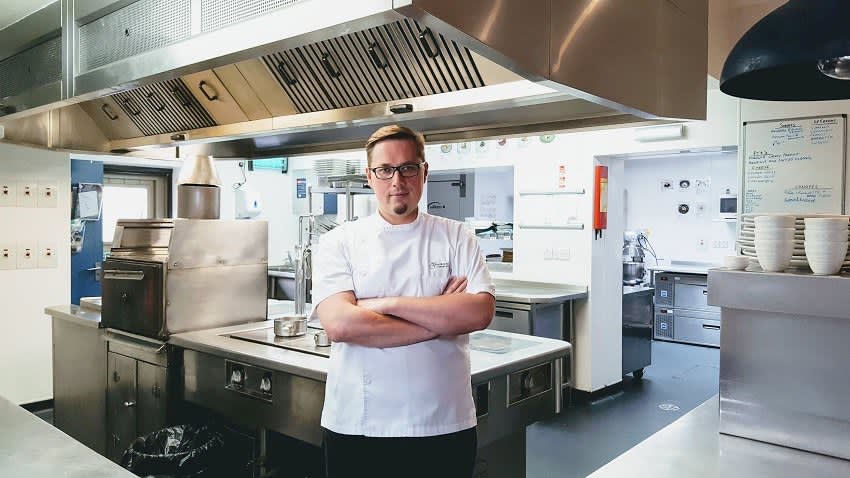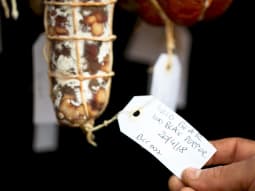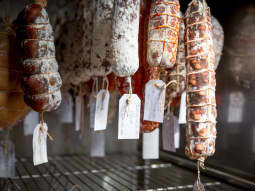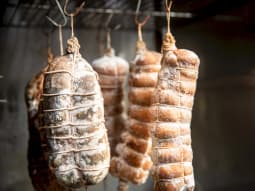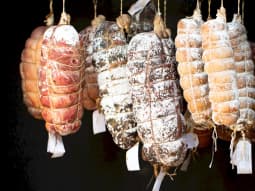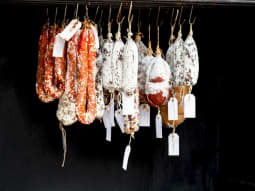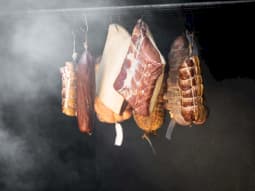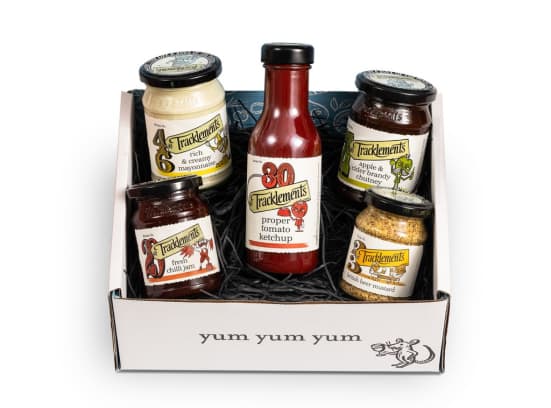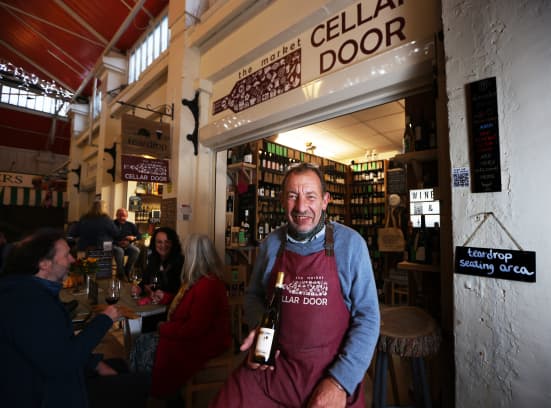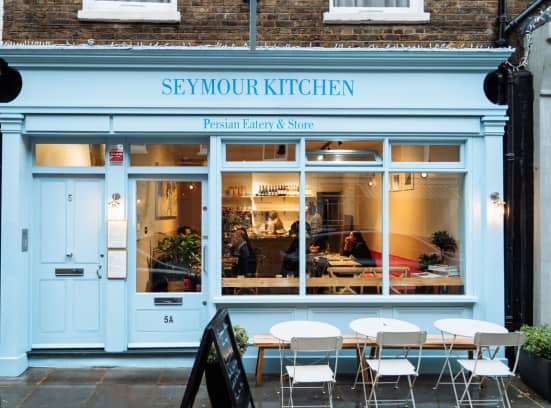As head chef at the seriously ambitious OX Magazine favourite The Feathered Nest, at Nether Westcote, Kuba Winkowski designs and cooks a truly impressive range of bold, nimble dishes.
Many local chefs attempt similar menus to Kuba’s, but one of the ways in which the Polish-born chef stands out from the competition is in his use of home-cured and smoked meat and fish. From rich Italian salamis and wild boar to delicate salmon and Ibérico hams, Kuba’s treasure trove of cured delights lend a singular depth to many of The Feathered Nest’s dishes – and his Yorkshire Mangalitsa Coppa recently won a Silver Taste Award at the British Charcuterie Awards – the only prize given in its category. Jack Rayner spoke to Kuba in a rare moment of downtime to find out how and why the chef came to master this painstaking process.
What inspired you to get so heavily into the process of curing and smoking meat?
I'm originally from Poland, and charcuterie and meat processing is a big part of Polish food culture, especially smoking. I realised quite recently that because of the Iron Curtain and the communist bloc, Polish, Hungarian, Slovakian and Czech sausages and charcuterie are not nearly as renowned as Italian and French, even though you'll see as many if not more varieties on sale in eastern European shops. The technique is very different because of the climate and so on – there's a lot more hot smoking, compared to in Italy where the meat is more commonly dried and sits in a cave for months, for example, but the variety is just as impressive. Being Polish, I was always around this sort of produce from a young age, but later on as a chef, it's a craft and it's a skill and I wanted to learn these more old-fashioned techniques, rather than rely too heavily on sous-vide equipment and so on.
What varieties of Polish charcuterie are we missing out on in western Europe?
Since Poland joined the EU in 2004 and Polish communities became established in the UK, you see Polish produce in supermarkets becoming more widely available. We have kabanos, which is a thin, smoked sausage, which is one of the most well-known varieties, but there's also a huge range which you don't see here. Some of it is, of course, similar to western European styles, because that's how the world's cuisine works, but we tend to use shorter, smokier processes. Some of it can be quite intensely smoky for the British palette.
Why is it important to you to be preparing these meats yourself?
That's where restaurants differ, at the end of the day. Nowadays, in a lot of restaurants, the chef becomes someone who looks at a catalogue of produce and almost designs a menu just by looking at the nice pictures. There's nothing wrong with that, and a lot of these items are perfectly nice, but I want to give a unique experience here. By doing it myself, I can offer flavours that nobody else has. Over the years, perfecting, testing and checking, I'm happy to be able to serve a range of products which people can't get anywhere else.
What's your favourite thing that you're curing at the moment?
"What is your favourite" questions are always hard for me, because I'm always attached more to whatever it is I'm making at the time. But, salmon is one of my staples – it took me a few years to find the right smoke, the right size of fish and the right technique, but now it's one of our signatures. It's always on the menu. I'm very proud of it and I think it's a great smoked salmon. Aside from that, my number one is our Yorkshire Mangalitsa. I've tried lots of different cuts, and whatever you do with that meat it's always incredible. To be honest, that's not even down to me – the meat is just amazing.
Does Polish tradition still inform your techniques?
A lot of what I do is more Italian and French because I think it's more of a challenge. But yes – a chicken dish I'm doing at the moment uses Polish-style smoked sausage with sweetcorn and girolles. There are also always one or two Polish-style items on the breakfast buffet.
Do you experiment with different types of wood?
I have a local tree surgeon who brings me a good selection. To be honest, whilst there are certain woods like cedar which have a characteristic smell and taste, sometimes I wonder how much difference it can really make. Some other chefs may disagree, but I'm not sure that I could really taste the difference between, say, cherry and apple. For salmon, I use whiskey oak because it just makes sense, and with wild boar I'll use applewood because pork and apple makes sense, but does it really make such a difference? I don't know.
Obviously, smoking and curing were originally used as ways to preserve meat. Do you plan cures for certain times of year so that you can pair them with seasonal ingredients?
Some of the cures take eight or nine months, and then the products can be kept for another six months, so it's not so important. But, you do have to be careful – I did a whole Iberico leg, which cost the earth and most of it went to waste, because the hot summer spoiled it quickly. But that's my learning curve – I now know that summer isn't the best time to cure that product. In Italy, they cure it in caves so it doesn't get so hot. Some products I do purposely for a specific dish, but there's always a lot of surplus so it's a challenge to always find new uses for them.
We're now in autumn – what ingredients have featured heavily on your menu over the past month?
We're in game season now – normally I'd be using a lot of grouse, but it's been a bad season and grouse is quite hard to get. Hare has certainly been on the menu, as well as wild boar and venison. From the 1st October there'll be partridges and pheasants as well. This season, the menu is fully dictated by game.
What's a particularly good game dish that you like to cook?
Hare has been at the forefront for a few years now – it goes beautifully with lovage that we grow in the garden, pickled trompettes and sprout leaves. Then, all the berries come out this season – damsons, blackberries – so we tend to do a grouse with damson jam, celeriac and a savoury bread pudding.

